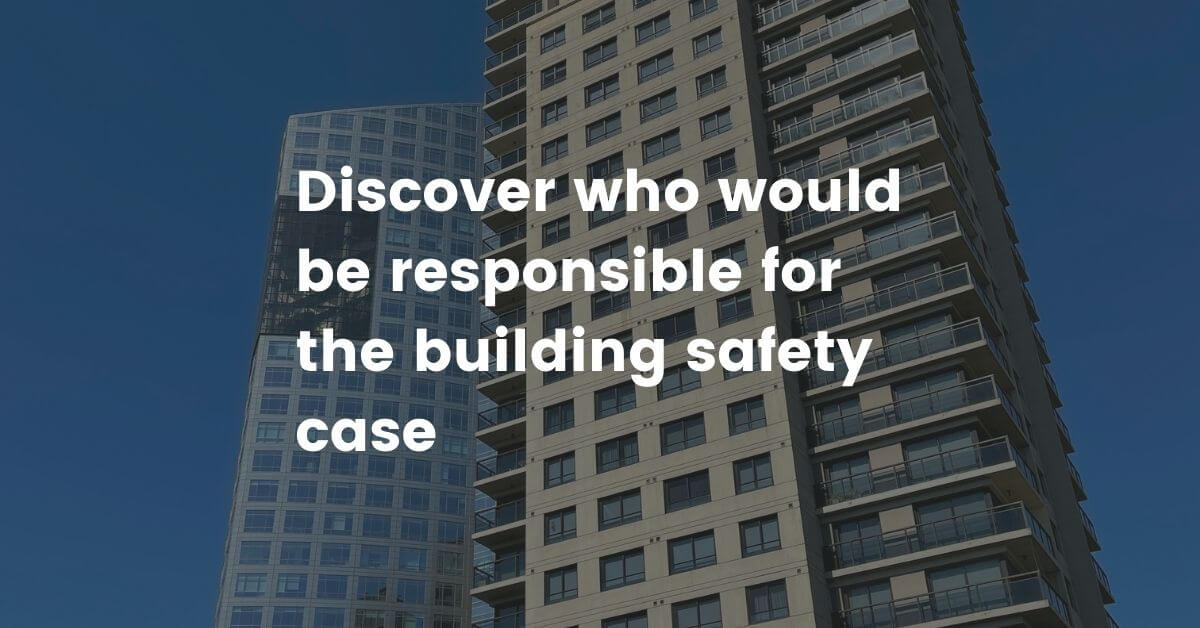The Grenfell Tower tragedy led to renewed calls for improvements to be made to building safety legislation.
There was a need for an update even before the tragic events of 2017, but it proved to be a catalyst for real, sweeping changes to ensure that it never happened again.
And finally, those changes are within reach. Following the publication of Dame Judith Hackitt’s inquiry into the Grenfell Tower disaster, a new bill, the Building Safety Bill, has been written and is currently making its way through various political chambers.
The contents of the bill were made public in late 2021 and still may change before it becomes law, though it’s not expected to change by too much.
All going well, the law will come into effect in 2023, with property owners having a set period of time, yet to be defined, to ensure that buildings under their ownership meet the standards of the bill.
What is the Building Safety Bill?
The Building Safety Bill is a piece of legislature that will bring radical changes to building safety.
Fundamentally, it introduced new requirements for building owners and developers to assess, manage, and reduce the safety risks of the buildings under their command.
The bill aims to enhance safety measures with a particular emphasis on the threat of fire, particularly limiting the spread of fire in high-rise buildings and maintaining structural integrity.
The bill will require that those persons responsible for buildings engage in continuous and proactive safety controls.
The bill goes beyond previous laws, which often included general safety guidelines, and puts greater emphasis on individual responsibility.
Those responsible for the building will have to proactively demonstrate that the safety measures they’ve incorporated into their buildings will produce safe results.
What is the building safety bill proposing?
The Building Safety Bill is large in scope and offers sweeping changes to the existing safety legal requirements.
Some of the main proposals of the bill include:
- Establishing a new building safety regulatory body to oversee safety regimes for high-risk buildings
- Identifying ‘Accountable Persons’ who are responsible for the safety of a building
- Requiring landlords to take reasonable steps to limit the costs of fire remediation works for leaseholders
- Changing the culture of the building industry by placing more responsibility for safety on developers and owners, rather than on government bodies
- Raises safety standards
Who would be responsible for the building safety case?
For higher-risk buildings, an ‘Accountable Person’ must be appointed.
This ensures that someone is directly responsible for the safety of the building.
The Accountable Person will have a series of obligations and duties, including:
- Continually assessing building safety and taking steps to prevent major incidents to the best of their ability
- Provide oversight bodies with a ‘Safety Case Report’ that highlights how the building’s risks are being identified and managed
- Registering and applying for the Building Assurance Certificate. This applies to both new and existing occupied buildings
Why is the safety case important?
The new bill is extremely important because, as we’ve seen, if correct safety measures are not followed, then the general public can be at serious risk of injury and death.
Though major incidents like the Grenfell Tower tragedy are thankfully rare, it’s important that as many steps as possible are taken to prevent something like that from ever happening again.
This bill aims to close the flaws and gaps of previous building legislation. While the changes that the bill introduces are extensive, it’s important to note that support for the bill has been overwhelmingly positive -- it has received full-hearted support from politicians on both sides of the aisle.
The only question marks are around who will pay for the fire remediation works; that’s something that might change before the bill becomes law.
What properties does the safety case apply to?
The Building Safety Case is focused on high-rise buildings.
New and existing properties that are greater than 18 metres or have seven storeys or more and have at least two residential units will be subject to the requirements of the bill.
Care homes and hospitals that are 18 metres or seven storeys will also be subject to the requirements.
If you’re looking for a trusted safety partner that will ensure you’re fully compliant, then look no further than Ark.
A well-respected industry leader in the world of risk, compliance & safety, we have nearly three decades of experience in helping companies meet and exceed their safety obligations.
.




Leave Comment